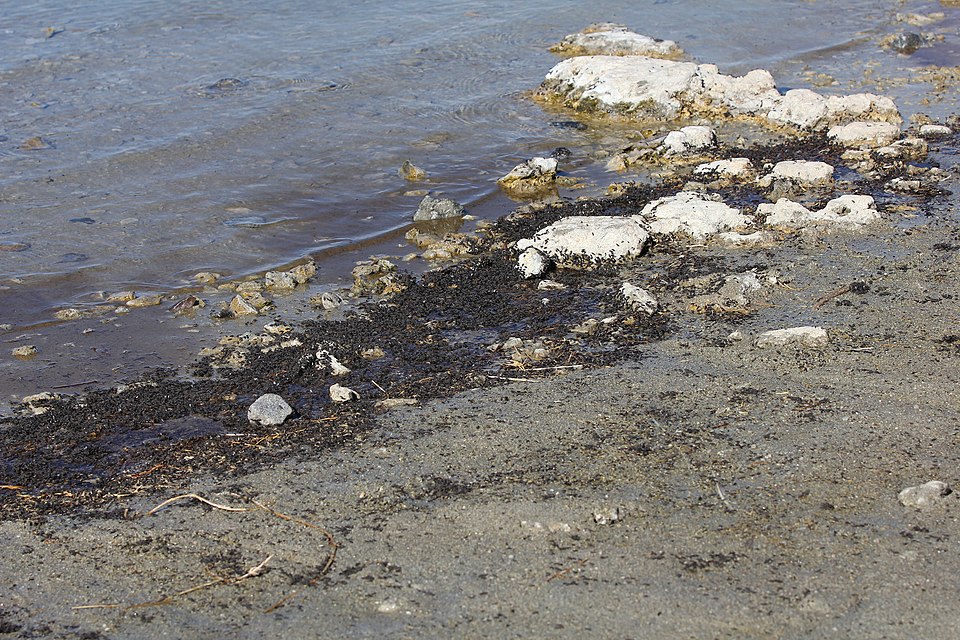Traditional Carpet Drying in Antalya: A Cultural and Economic Legacy

Antalya, Turkey – The picturesque landscape of Antalya, a coastal tourist city in southern Turkey, has become a vibrant tapestry of culture and tradition as thousands of carpets and kilim rugs sunbathe in the fields. From June to September, these handwoven textiles are laid out to age in the sun, creating a kaleidoscopic patchwork that draws both local merchants and international tourists alike.
The practice of sun-drying carpets has deep roots in Turkey's textile history. According to Hasan Topkara, a local carpet merchant with over 30 years of experience, this method not only enhances the colors of the rugs but also eliminates any undesirable elements. Topkara, who manages the drying process in a 40-hectare area, stated, "In the past, we processed up to 60,000 carpets in one season, but today that number has dwindled to around 15,000 due to various factors, including competition from cheap imports and changing market demands."
The carpets, primarily colored with natural vegetable dyes, are subjected to the elements—morning dew and afternoon heat—allowing them to attain pastel hues. Workers are diligent in caring for the rugs, turning them regularly to ensure uniform drying. In the event of rain, a rapid response team of approximately 100 local villagers is mobilized to fold and shelter the carpets, highlighting the communal effort involved in this traditional practice.
The significance of this tradition extends beyond mere commerce; it also serves as a cultural attraction. The vibrant fields of carpets have become a photographic hotspot, particularly after Turkish pop singer Mabel Matiz featured the location in a music video for his song "Sarmasik" in 2018. This has brought increased attention to the area, melding local cultural heritage with contemporary artistic expression.
Dr. Elif Yılmaz, a cultural anthropologist at Istanbul University, emphasizes the importance of preserving such traditions in the face of modernization. She notes, "The sun-drying of carpets is not only a method of production but also a form of cultural identity that connects generations. The decline in such practices could lead to a loss of cultural heritage."
The economic implications of this traditional practice are significant as well. The carpets dried in Antalya are often sent to Istanbul's historic Grand Bazaar, from where they are exported globally. According to data from the Turkish Statistical Institute, the country's carpet exports reached approximately $1 billion in 2022, with a notable portion originating from the Antalya region.
However, the industry faces challenges. The influx of cheaper, mass-produced carpets from countries such as China has put pressure on traditional artisans like Topkara. "We need to adapt to market changes while preserving our methods. There is a growing interest in sustainable and handmade products, and we must leverage that," Topkara added.
In a broader context, the drying of carpets in Antalya reflects the intersection of culture, economy, and environmental consciousness. As global consumers increasingly prioritize sustainability, there is potential for traditional practices to not only survive but thrive.
The future of carpet drying in Antalya remains uncertain, yet there is hope. With rising awareness and appreciation for artisanal products, coupled with efforts to promote sustainable practices, traditional carpet drying might continue to flourish as a unique cultural and economic asset for Turkey. As Topkara looks forward, he hopes to see younger generations take an interest in this age-old craft, ensuring its legacy for years to come.
Advertisement
Tags
Advertisement





